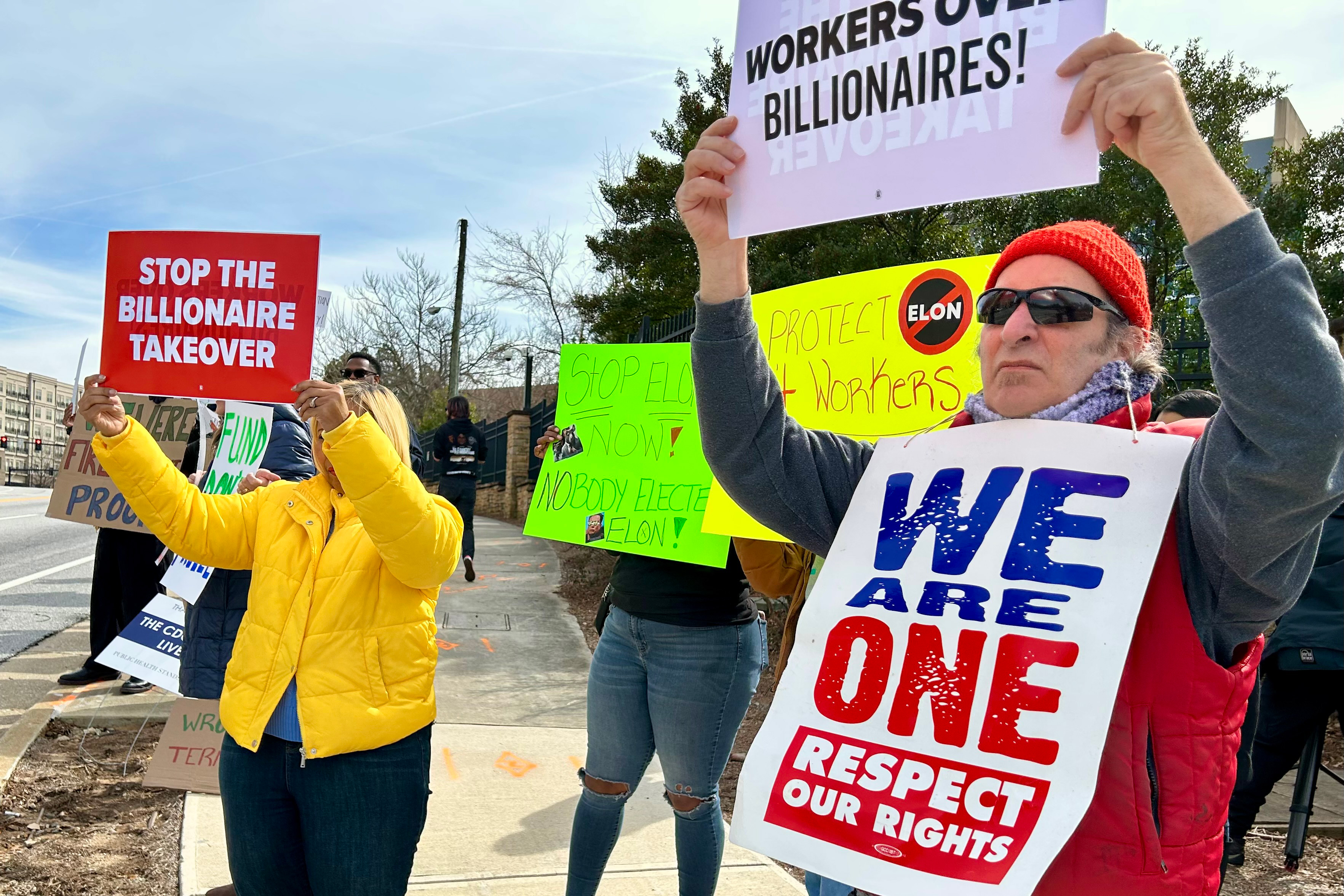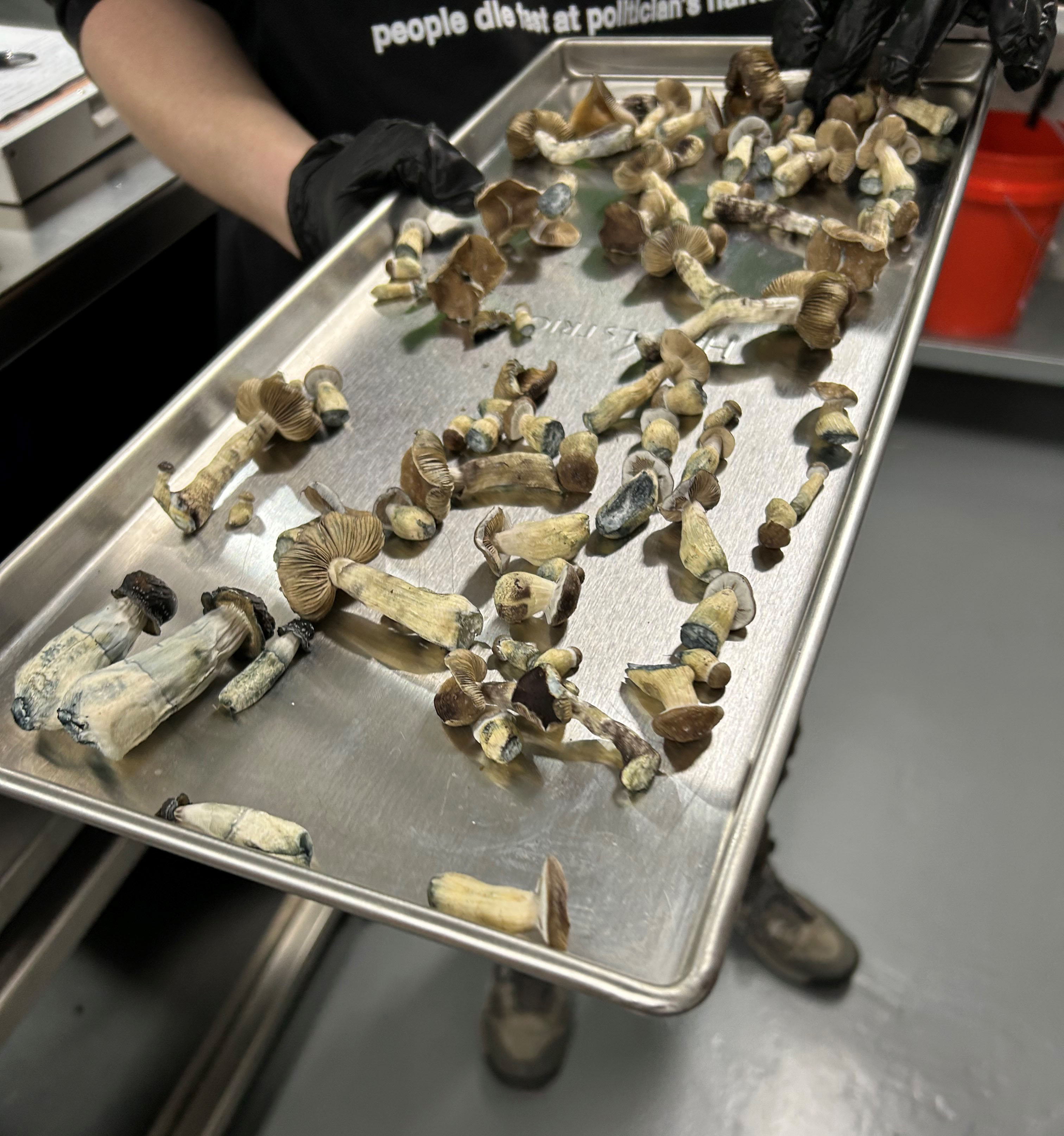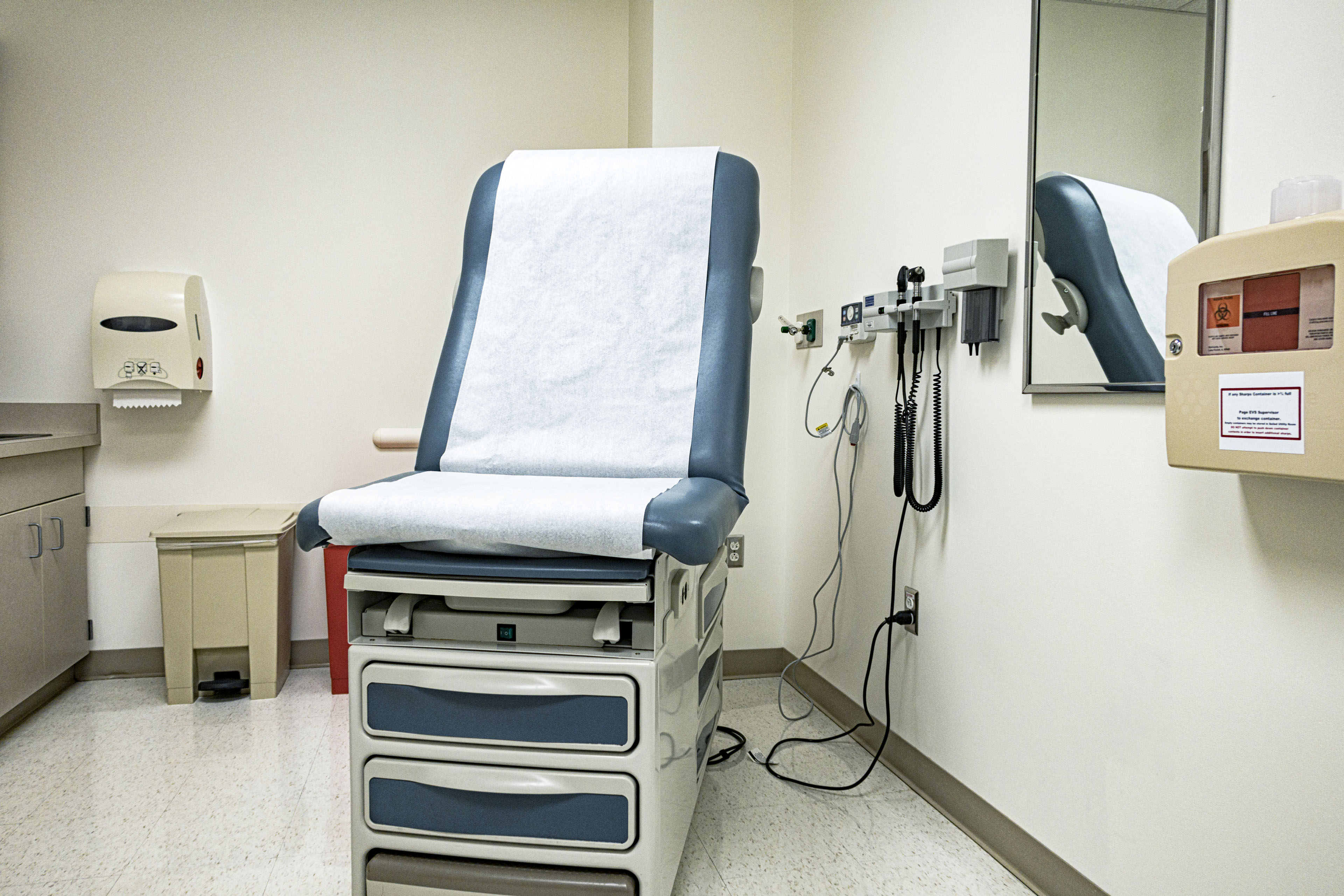
On a sunny weekday in Atlanta, a small crowd of people gathered for a rally outside of a labor union headquarters building.
The event, put together by Atlanta-area Democratic U.S. Rep. Nikema Williams, was attended mostly by union members and recently fired federal workers, including Ryan Sloane.
“I was fired by an anonymous email at 9 p.m. in the middle of a holiday weekend,” he said.
Sloane is still seeking reinstatement, but he feels he no longer has much to lose by speaking out.
“I’m only here today because they cannot fire me twice,” Sloane said.
When he received his termination notice, he was a few months into a job as a public affairs specialist at the Centers for Disease Control and Prevention.
At the CDC, his days were spent updating far-flung local TV, radio, and newspaper journalists about threats such as seasonal flu, measles, and food safety in their communities.
A judge has ordered the reinstatement of some fired federal employees, at least temporarily. But their jobs are still on the line.
Sloane said his former colleagues at the CDC whose jobs aren’t yet in limbo are scared.
“They are terrified that their life’s work is going to be deleted from servers and not backed up because it does not comport with the ideologies of the new administration,” he said. “No one is benefiting from this.”
From the end of January to mid-February, the Trump administration took offline some CDC webpages and froze external communications, including its widely read Morbidity and Mortality Weekly Report epidemiological digest.
The webpages that were removed included CDC public health reports, datasets, and guidance on infectious diseases and sexual health. After a court order, some agency information was restored, at least for now.
But even temporary disruptions to CDC communications could have big ripple effects.
It is information that state and local health departments, hospitals, university researchers, and others rely on to help them respond to outbreaks.
“CDC is there to provide technical information, provide funding, provide support, but it’s a collaborative work, working together to keep Americans safe,” said former CDC Director Tom Frieden, who headed the agency from 2009 to 2017. He is now president and CEO of the nonprofit organization Resolve to Save Lives. “In this country, we have a patchwork or network of public health. It’s really up to the local, city, and state health departments to get the job done.”
City and state health agencies also need the collaboration of CDC experts to help investigate local disease outbreaks and other threats to public health.
A clinician who has worked at the agency for more than two decades pointed to the CDC’s singular ability to send medical supplies and deploy highly specialized teams of scientists to help local communities identify and contain outbreaks. KFF Health News agreed not to use the clinician’s name because she fears she will be fired for airing these views publicly.
“A lot of them are assigned to state and local health departments, so really even beyond individual positions, any funding cuts that the agency takes are also passed on to state and local health departments,” the clinician said. “A lot of their budget comes from federal money as well.”
The Trump administration has attempted to terminate hundreds of employees from the CDC alone, along with hundreds more workers at the National Institutes of Health and other federal agencies with a U.S. health and safety role.
Many public health and science researchers are concerned about the cuts’ impacts on the nation’s ability to respond to threats — and about whether state and local public health departments will be able to keep communities healthy without the CDC’s partnership.
Billionaire Elon Musk has said his Department of Government Efficiency intends to keep cutting federal agencies’ budgets and staff, targeting what it calls “fraud.”
“Anytime someone gets fired, it’s always difficult. But with $36 trillion in debt, we have to reduce the size of the federal government,” Republican U.S. Rep. Marjorie Taylor Greene told WABE during a March visit to the Georgia State Capitol.
Her district includes parts of suburban Atlanta about 30 miles from CDC headquarters.
Greene also chairs a House subcommittee also called “DOGE,” for “Delivering on Government Efficiency.”
“Fortunately, with all the investments that are being brought back into the country under President Trump, I really hope that those federal workers are able to find new jobs,” she said.
She did not comment on whether local public health departments around the country would be able to work efficiently without the support of CDC experts who have been terminated.
But many U.S. public health experts are expressing concern.
The CDC has long been a key training ground for the next generation of U.S. public health researchers.
Emory University epidemiology professor Patrick Sullivan was one of them earlier in his career. The HIV expert previously worked at the CDC for about 15 years.
“When I started working in HIV prevention at CDC in the early 1990s, we didn’t have the treatments that essentially allowed people living with HIV to have a full, healthy, normal lifespan,” he said. “We didn’t have the treatments that essentially allowed people living with HIV to have a test that people could take home to test themselves.”
Sullivan said the progress he has seen over the last several decades gave him optimism, and that advances in HIV treatment and prevention are a great example of the importance of federal support for public health work.
“Discovery science and pharmacy science really have given us the tools that we need to end the HIV epidemic in the United States,” he said.
But, to have those scientific tools without adequate public health staff or funding to use them, he said, will cost American lives.
This article is from a partnership that includes WABE, NPR, and KFF Health News.
This article was produced by KFF Health News, a national newsroom that produces in-depth journalism about health issues and is one of the core operating programs at KFF — the independent source for health policy research, polling, and journalism.







